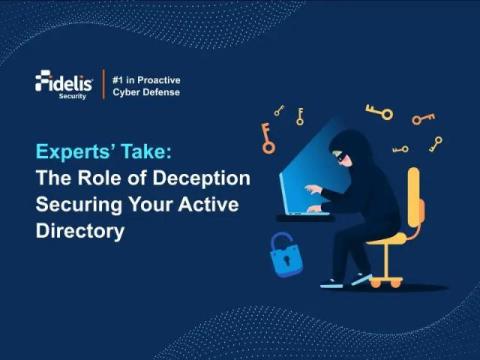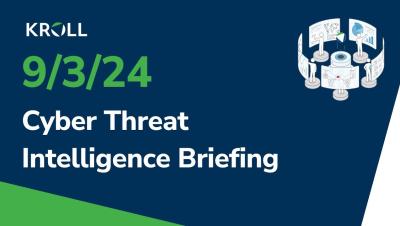The Role of Deception in Securing Active Directory
90% of businesses around the world use Active Directory as their primary Directory Service. It plays an essential role in the identity and access management of large enterprises. In the past few years, attacks on Active Directory have soared. This is because it is a central platform where all the identities and accesses of employees are hosted, making it the keys to your enterprise.











